Marker bands play a crucial role in medical devices by improving visibility, tracking, and identification during medical procedures. These small but essential components are typically used in devices such as catheters, stents, and guidewires.
What Are Marker Bands?
Marker bands are small rings or bands incorporated into medical devices to aid in the visual detection and identification of the device during medical procedures. They are typically made from radiopaque materials, allowing them to be seen clearly in imaging techniques like X-rays, fluoroscopy, and CT scans. These markers are often positioned at specific locations on medical devices to signify their precise placement or to assist in the navigation of the device within the body.
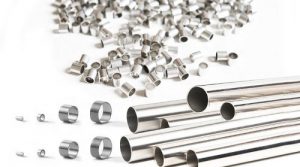
Common Marker Band Materials
Marker bands are generally made from materials that have high radiopacity, meaning they can block or attenuate X-rays and other forms of radiation. Common materials used for marker bands include:
- Platinum: Platinum is one of the most commonly used materials due to its high radiopacity and biocompatibility. It provides excellent visibility under X-rays or fluoroscopy and is durable in various bodily environments. Platinum is also highly resistant to corrosion, which is essential for materials that will be used in the body for extended periods.
- Gold: Gold is another popular choice. It is often used in combination with other materials to enhance visibility. Gold is also corrosion-resistant, making it ideal for long-term use in medical devices.
- Platinum-Iridium Alloys: Platinum-iridium alloys combine the radiopacity of platinum with the strength and durability of iridium. These alloys offer a balance of excellent radiopacity, high strength, and resistance to corrosion.
- Tantalum: Tantalum is known for its biocompatibility and resistance to corrosion, making it suitable for marker bands used in implants or devices that remain inside the body. While less radiopaque than platinum or gold, it is often used in combination with other materials to achieve the desired imaging results.
Advanced Refractory Metals (ARM) is a trusted manufacturer of high-quality marker bands. Tantalum and Platinum-Iridium marker bands are available. We offer customizable solutions, adjusting dimensions, compositions, and other properties to meet your specific needs. Please check our homepage to learn more about our premium marker bands.
Key Functions of Marker Bands
The primary function of marker bands is to provide visual markers during medical procedures. However, they serve several critical roles that make them indispensable in many types of medical devices:
- Enhanced Visibility in Imaging: The primary function of marker bands is to improve the visibility of medical devices in imaging systems like X-rays, fluoroscopy, and CT scans. This helps healthcare professionals accurately monitor and guide the device during procedures.
- Positioning and Alignment: Marker bands indicate the precise location of a medical device within the body. This is especially important in procedures like catheter insertions, stent placements, and guidewire navigation. Knowing the exact position of the device ensures its correct placement and minimizes the risk of complications.
- Tracking and Monitoring: Marker bands can be used to track the movement of medical devices within the body. For example, in catheter-based procedures, marker bands help ensure the catheter is moved to the correct location within the patient’s anatomy.
- Ease of Identification: In addition to enhancing visibility, marker bands help healthcare professionals distinguish between different devices, especially in complex procedures that involve multiple devices. This is particularly important in surgeries that require precision and when multiple devices need to be tracked simultaneously.
Applications in Medical Devices
Marker bands are used in a wide range of medical devices, particularly those involved in minimally invasive procedures. Some of the most common applications include:
- Catheters: Marker bands are often used in catheters to help physicians determine the location and movement of the catheter tip during procedures such as angioplasty, endoscopy, and urinary catheterization. The markers allow for accurate placement, minimizing the risk of complications.
- Stents: Stents, which are small mesh-like tubes used to treat narrowed or blocked arteries, often contain marker bands to help the physician place them accurately within the blood vessel. The bands allow for real-time imaging and guidance during the insertion process.
- Guidewires: These bands are used in guidewires, which are thin, flexible wires used to guide the placement of other medical devices like stents, balloons, or catheters. The marker bands allow physicians to track the position of the guidewire and ensure it is placed correctly.
- Implants: They are also used in implants like pacemakers, vascular stents, and other permanent devices. The markers enable physicians to check the placement and orientation of the device after implantation, ensuring it is positioned correctly for optimal function.
- Endoscopes: In some endoscopic procedures, marker bands are used to enhance the visibility of the endoscope within the body. These bands can help doctors navigate the endoscope to the targeted area for diagnosis or treatment.
Conclusion
Marker bands are indispensable components in the world of medical devices. By using materials like platinum, gold, and tantalum, these bands provide both durability and radiopacity, ensuring that they are effective in a wide range of medical applications. Whether in catheters, stents, guidewires, or implants, marker bands help improve the safety, efficiency, and success of many medical treatments.
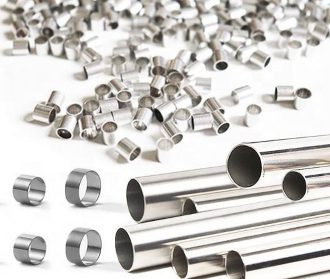

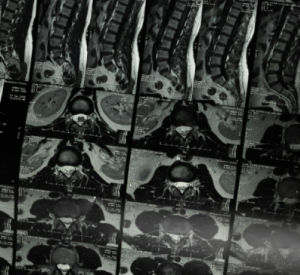
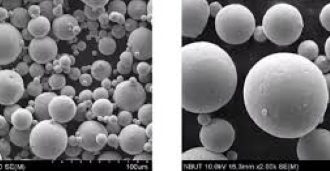
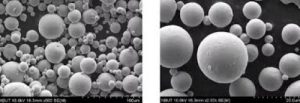


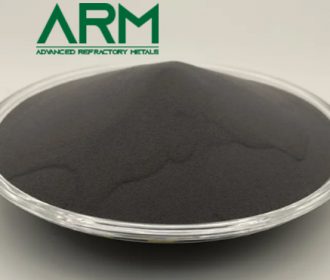
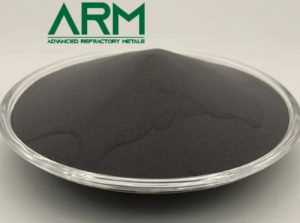

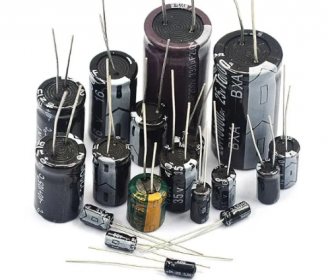
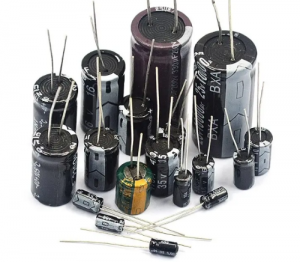
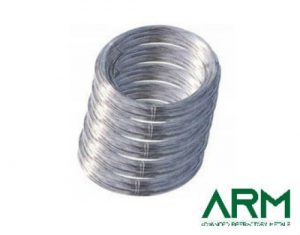
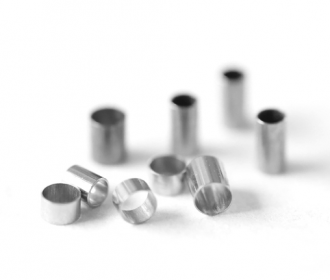
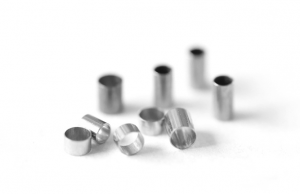
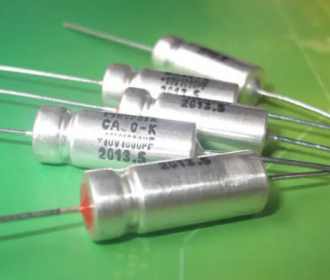
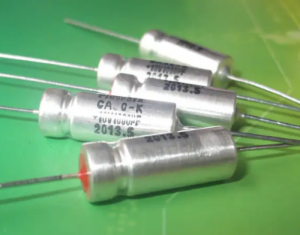
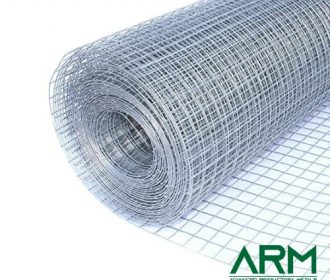
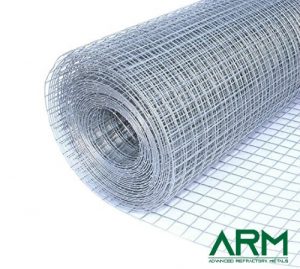
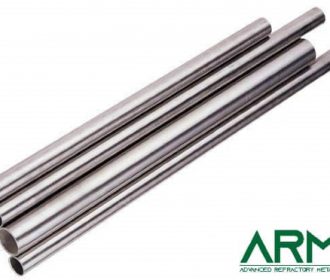
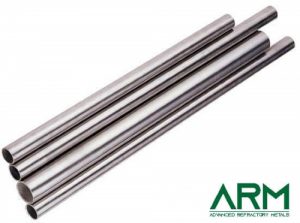
Recent Comments